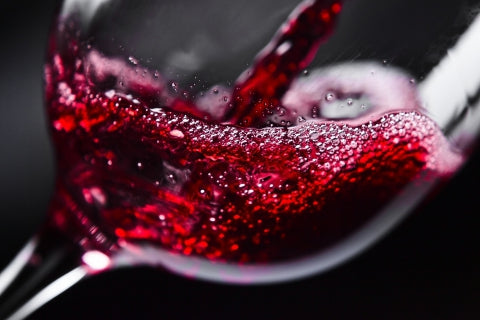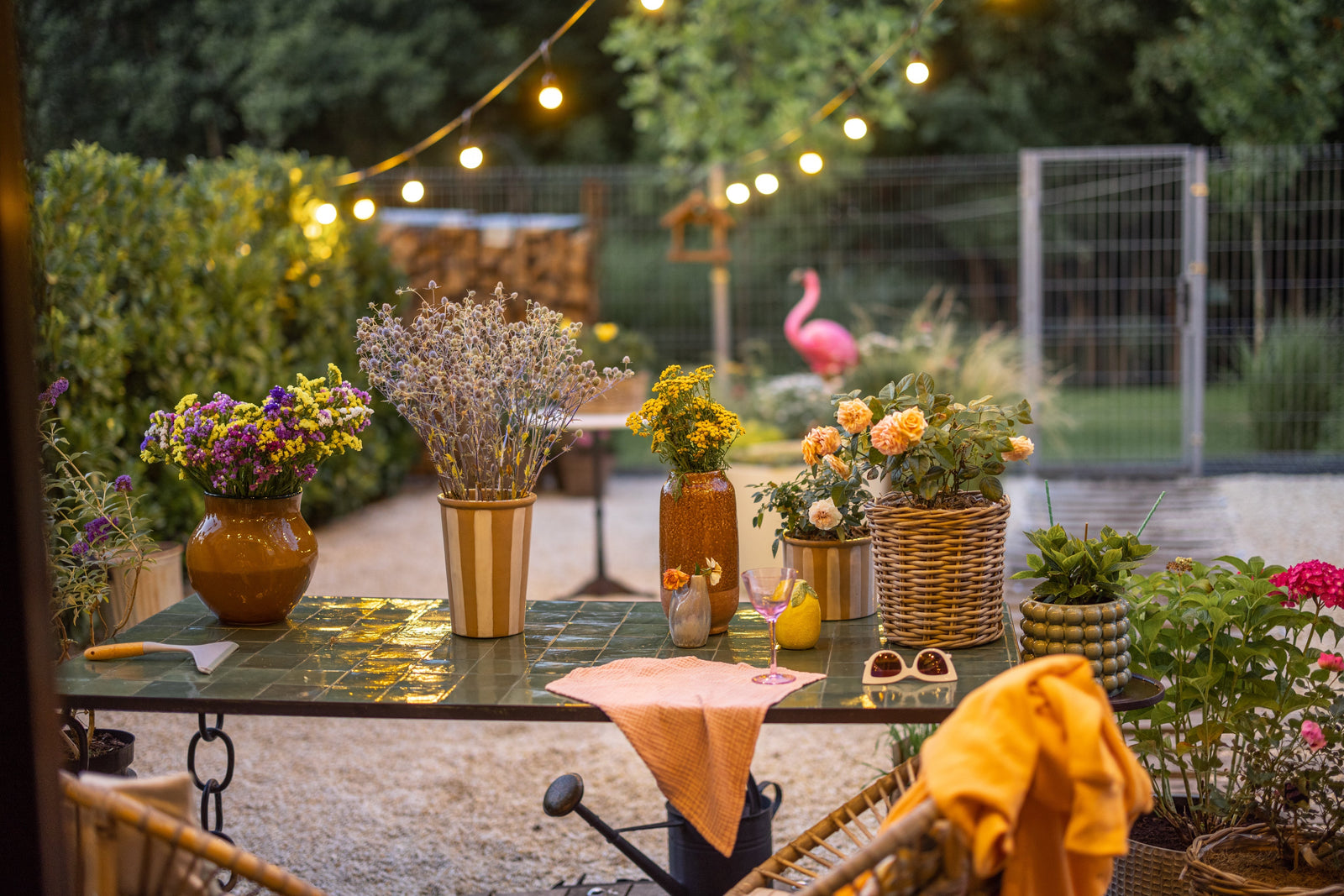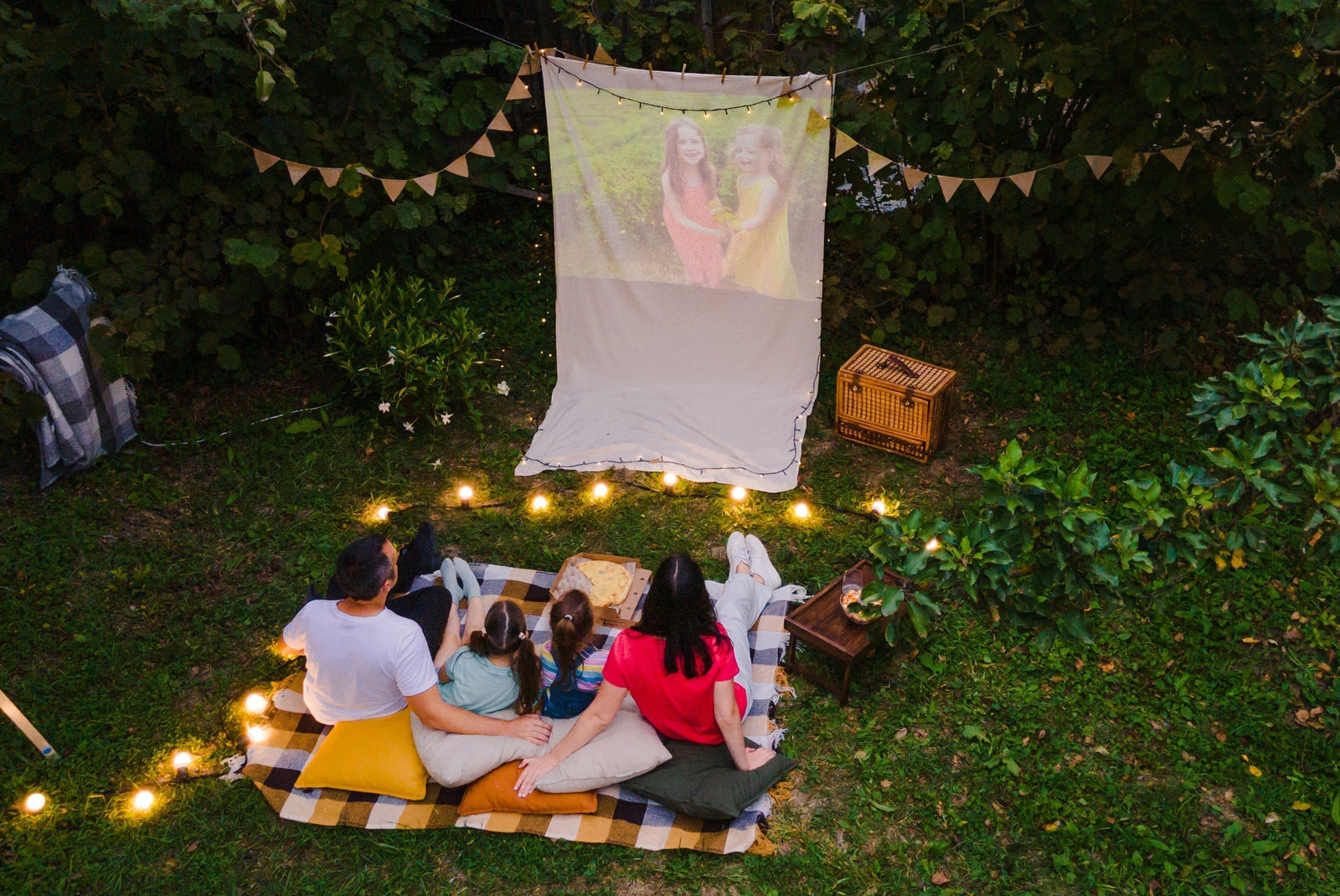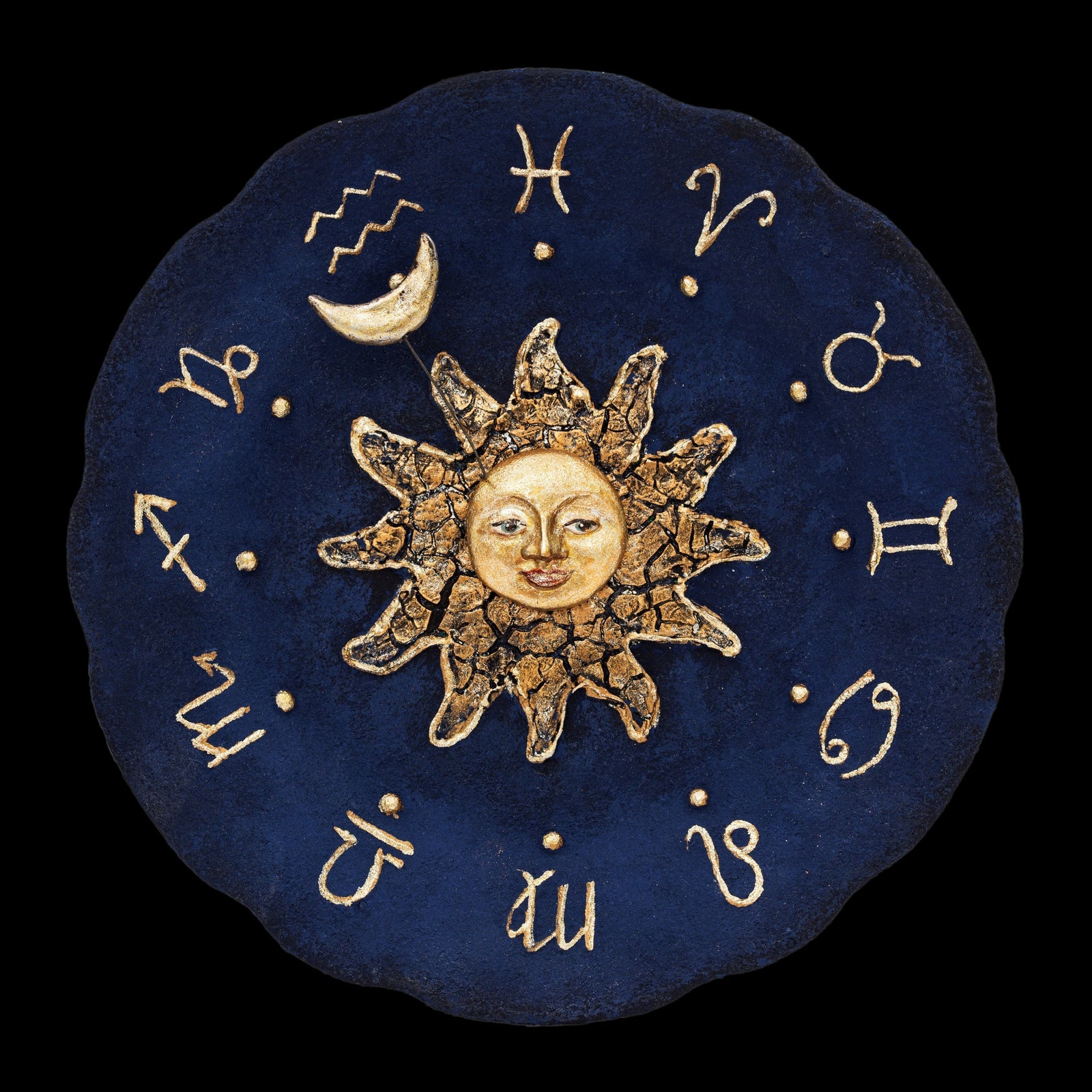
Do you love wine? Do you look forward to when you can browse the aisles of your favorite store, reading labels, admiring the graphics, and imagining what it smells and tastes like? Do you love carefully pulling the corkscrew out and hearing that slight pop, pouring the wine into a glass, and watching the red liquid gently filling up at the bottom? Getting that first whiff of toasty grapes, taking that first sip, and feeling your taste buds open up? At Personal-Prints, you can see we’re big fans of taking slow and thoughtful sips of wine, as well as taking wine-themed photographs that make up our wine art decor designs.
One of our newest additions to our wine art decor collection is thisWine Letter Art Mini. If you choose to hang this piece in your home (we think you’ll love it if you do), we thought it would be nice to give a brief lesson on wine tasting and offer you some wine lingo to impress your guests with.

Getting Started
When you first pour yourself a glass of wine, there are two steps that wine tasting can be broken down into: the appearance and how it smells, and how it tastes. These two steps can be broken down further. So let’s get started!
 The Appearance
The Appearance
Looking at red wines, when you tip the glass, the color of the wine can tell you a lot about the type of wine, flavor, and where it’s from. The lighter the color, the cooler the climate. Pinot Noirs have a lighter color and a light-bodied taste, Cabernet Francs are slightly darker with a medium-bodied taste, Syrahs are darker still and have a full-bodied taste, and there are hundreds of wines in between.
The Smell
We’ll all seen wine connoisseurs swirl the glass in an elegant flourish. This releases the aroma of the wine, which allows your nose to pick up the scent and your tongue will also pick up some of the flavor. Put your nose into the glass, take a deep sniff of the wine, and you can determine if there are any flaws. Watch out for:
- Reduction: A wine production technique, low levels of reduction may result in a mineral, stony, or more complex flavor. High levels could result in a rotten egg type smell.
- Oxidation: Low levels of oxidation result in a browner color and scents of toffee, caramel, or honey. High levels will reduce the fruit flavor.
When trying to identify aromas, there are three categories:
- Primary: The first flavors you will recognize such as fruity or floral notes. Primary aromas can help identify what type of grape was used.
- Secondary: A background aroma that comes from the production process, such as oak. The type of oak can also determine the aroma, such as coconut, vanilla, tobacco, or cedar. A type of fermentation can also result in nutty or buttery aromas and flavors.
- Tertiary: These aromas are determined by the aging process. Oxidized wines may have a stronger coffee or chocolate aroma. If the wine is protected from oxygen while aging it will have a more earthy flavor.
 How it Tastes
How it Tastes
Sugar, tannins, and acid components are crucial to the taste of wine. Pay attention to:
- Sweetness: After fermentation, the leftover sugar will determine the sweetness of the wine. Alcohol and fruit flavors can enhance the sweetness and acidity can decrease it. The sweetness of a wine can also affect the body and texture.
- Acidity: The acidity of a wine is what makes your tongue tingle and your mouth water. If there is a high acidity in the wine, your mouth will water for longer.
- Tannin: The tannins in a wine come from the grape’s skin and sometimes the oak, stem, or seeds of the grape. These will cause your mouth to feel dry and you will notice a bitter flavor that hits the back of your tongue. Try a Cabernet Sauvignon to experience tannins.
- Body: This described the feel of the wine in your mouth. The higher the alcohol content, tannin level, and more intense flavors will result in a fuller-bodied wine.
- Finish: This describes the flavor after you have swallowed the wine. A longer finish, where the flavors remain in your mouth for longer, will indicate a higher-quality wine.
Now, when you’re showing off your new wine art decor print, you can show off your knowledge of wine tasting too! The beautiful black and white images add an elegant touch to your kitchen or dining room. If you love wine and art as much as we do, you will appreciate having this beautiful wine art decor design in your home.

 The Appearance
The Appearance How it Tastes
How it Tastes


Leave a comment (all fields required)